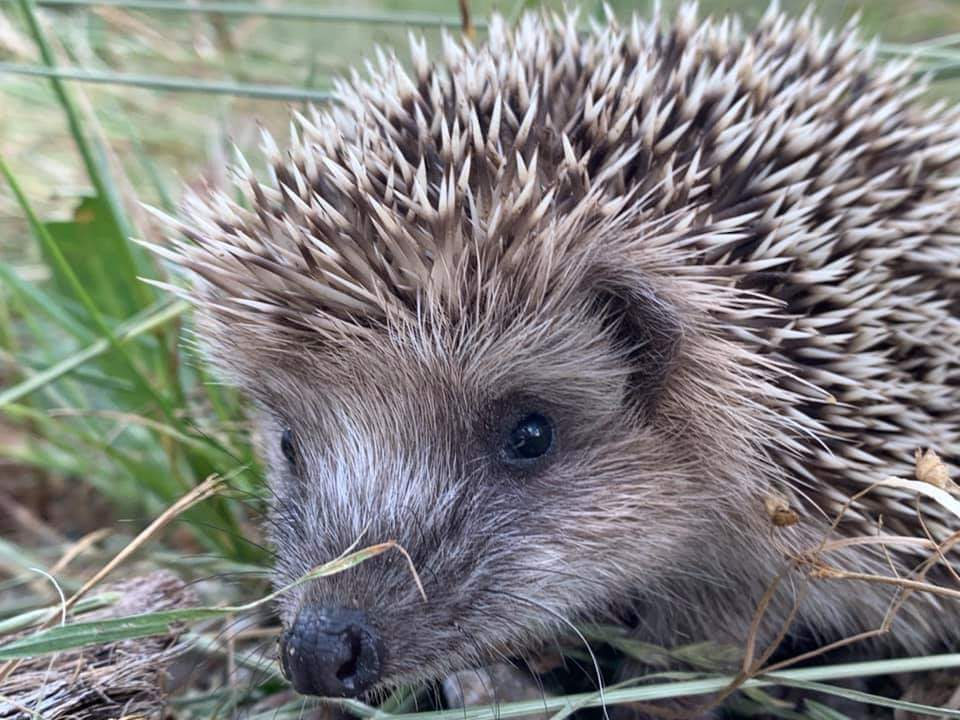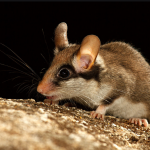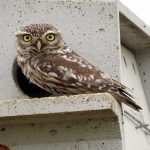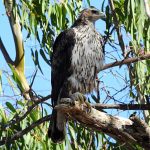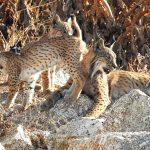I have decided to group all species of insectivores of Extremadura in this group. In the region we have species present from 3 families: Erinaceae (1 species), Talpidae (2 species) and Soricidae (6 species).
Erinaceae
European hedgehog Erinaceus eurapaeus
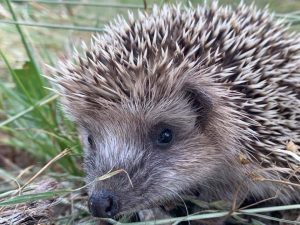
It is the only representative of the erinaceae family in Extremadura. Its habits are mainly nocturnal. It lives mainly in forests, pastures and crop areas, feeding on all types of invertebrates. In the most Mediterranean areas it looks for the most humid areas. Every year there are a significant number of deaths by road traffic. Even so, its populations remain fairly stable and it is distributed throughout the region.
Talpidae
Pyrenean desman Galemys pyrenaicus
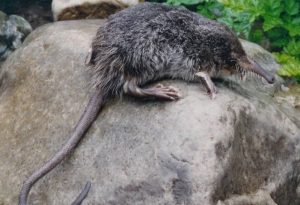
Present only in the north of the community, in well preserved rivers and streams of the central system. In them it feeds on small invertebrates associated with the aquatic environment. Its presence is conditioned by the state of water conservation, it requires very clean water, and therefore it is threatened. It can be found in the Jerte, Ambroz and Vera valleys. The presence of the american mink is a threat to their populations.
Spanish mole Talpa occidentalis
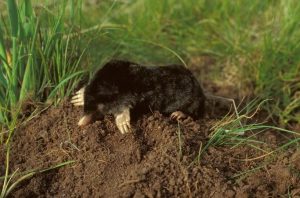
It mainly inhabits soft soiled grasslands, where it digs its galleries. It can also live in forests with well-formed soils of a certain depth. Most of its life is underground so it has hardly developed its sense of sight. They have a predilection for garden areas in which they find a lot of food. It feeds on invertebrates (mainly worms) and some roots, and is widely distributed throughout the community.
Soricidae, insectivores of Extremadura
Etruscan shrew Suncus etruscus
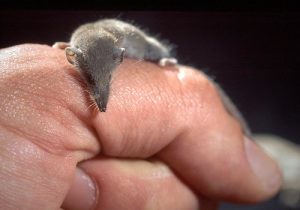
Weighing less than 3 grams, this tiny animal is the smallest mammal on the peninsula and therefore the smallest of the shrews of Extremadura. It typically inhabits Mediterranean areas, being especially abundant in olive groves, vineyards, oak groves, cork oak groves and abandoned crops. It feeds on insects, molluscs, worms and spiders and needs to ingest twice its weight daily.
Eurasian pigmy shrew Sorex minutus
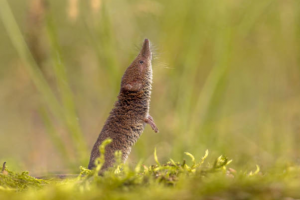
It is present in the northeast of Cáceres in the highest peaks of La Vera, Jerte and Ambroz valleys. This tiny shrew does not weigh more than 6.5 grams. Its diet is totally insectivorous and its populations are very scarce and unknown.
Greater white-toothed shrew Crocidura russula
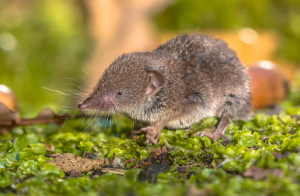
It is the most common shrew in the peninsula and is distributed throughout the region. Its weight varies between 7 and 14 grams and its food consists mainly of insects, worms and spiders. It has a good capacity of adaptation and we can find it in multiple ecosystems, emphasizing the forest and the Mediterranean scrub, although it is also frequent in crops.
Iberian shrew Sorex granarius
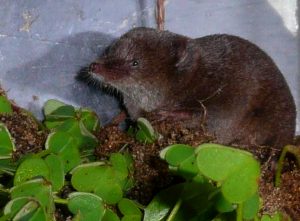
It does not exceed 8 grams, and it is also a rather scarce species. Its populations are concentrated north of Cáceres, both in Gredos and Gata. Complicated to locate, it is distributed between 500 and 2000 meters of altitude, always linked to forest environments. We can find it in beech, pine, oak or holm oak forests, and it feeds on small invertebrates.
Lesser white-toothed shrew Crocidura suaveloens
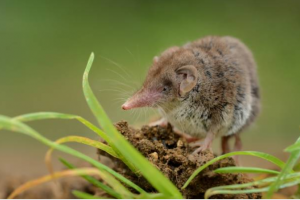
It lives only north of Cáceres in the Gata and Gredos mountains. It feeds on small invertebrates and very rarely on tiny vertebrates and its populations are quite scarce. The nocturnal raptors are its top predators and it’s very difficult to differentiate from the grey shrew.
Mediterranean water shrew Neomys anomalus
It is the only species adapted to the aquatic environment and also the largest of the shrews of Extremadura, normally weighing between 9 and 16 grams. Its coat is very dense with a black back and a practically white belly. It feeds on aquatic invertebrates but also on fish fry and tadpoles. It mainly lives in rivers and streams in the north of Cáceres, although there is also a small population in the south of the province of Badajoz.

